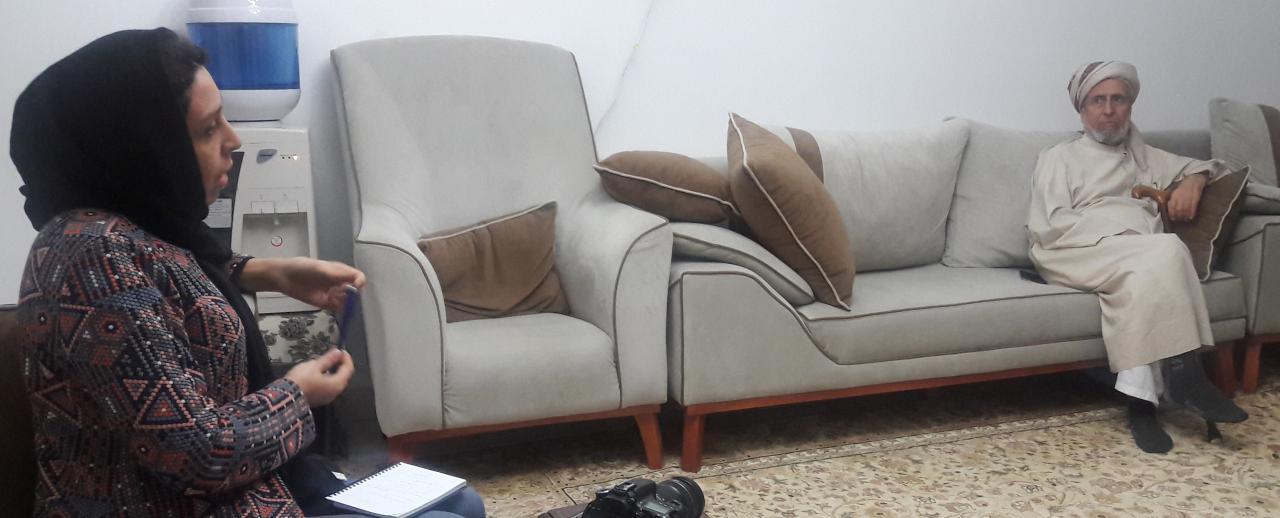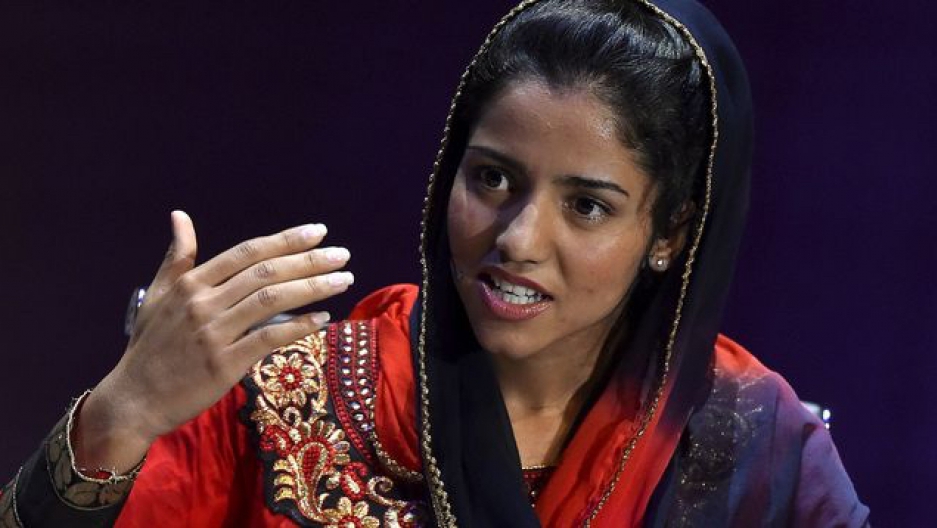Child marriage is on the rise in Iran, according to a report published by the Iranian Student Correspondents Association.
The practice is on the wane among Iran’s wealthier families, but among poorer communities in rural areas, girls under 13 are being forced to marry to alleviate their families’ economic hardship. Though it is less common, boys also marry at a young age in some areas of Iran.
In 2014, the organization Justice for Iran appealed to UN High Commissioner for Human Rights Navi Pillay to take action on the issue of forced marriages among underage girls in the country.
So what is the legal age for marriage in Iran? Does Iranian law actually allow children aged 13 and even younger to marry?
Iranian lawyer Mohammad Olyaeifard spoke to one of his clients about how underage marriage has affected his family, in particular his sisters. His client asked Olyaeifard to explain provisions for underage marriage in Iranian law and whether he had any legal grounds to object against the impending marriage of his sister, aged ۱۱٫
“I am from a big family,” my client Hashem said. “I have three brothers and four sisters and we live in a village near Mashhad. My family is not well educated and they work in farming. But I continued my education and I am now studying agricultural engineering.
The big problem in our lives is the early marriage of my siblings, which was forced by my father. He is extremely religious and traditional and believes that, according to sharia, marriage at a young age has many benefits and prevents moral corruption.
“According to these beliefs, he married off my three brothers and my three sisters at an early age. These underage marriages led to problems, which are more severe for my sisters. His efforts to force me to marry were of course not successful, as I left for the city to continue my education and was outside his reach. My worries are mainly about my youngest sister, Marzieh. She is 11 years old but is big for her age and for this reason, my father has decided to marry her off at an age even earlier than my other sisters.
“Marzieh is a child and cannot object. Like me, she is interested in school and education. She does not want to marry this early and lives in fear. My siblings and I protest against this decision, but we cannot stop him. Our mother is helpless as well. Please enlighten me about the legal standing of such marriages.”
I told Hashem that before the Islamic Revolution of 1979, Article 1041 of the 1934 Civil Code established that girls could marry at ۱۵; for boys, it was 18. It was possible to marry earlier, but only by obtaining a recommendation from a legal official, subject to the court’s approval. Girls under 13 and boys younger than 15 were not allowed to marry at all, not even with their father’s permission and a court ruling. Only the court could decide in cases of girls under 15 and boys under 18; parental consent was not enough.
The Civil Code of 1974 raised the legal age of marriage. Article 23 of the 1974 Family Protection Act changed the provisions of the old Article 1041. “The marriage of girls before they are 18 and boys before they are 20 is not allowed,” read the article. “But if it is justifiable, an exception can be made for a girl, as long as she is not younger than 15 years of age, provided that she is physically and mentally ready, a legal official recommends it, and his recommendation is approved by the court in the relevant municipality.” The article goes on to say that anyone who marries a person “who has not reached the legal age for marriage” is acting in violation of the provisions of the article and can be prosecuted and punished according to Article 3 of the 1937 Marriage Act.
From Solar to Lunar and Back
After the revolution, the age for marriage was changed yet again. The first change took place under the Revolutionary Provisional Government. Article 23 of Family Protection Act was repealed and the age for marriage was lowered to 15 lunar years for girls and 18 lunar years for boys, effectively bringing the age even lower than the 1934 law, which was based on the solar calendar.
But it did not stop there. In 1983, two provisions were added to Article 1210 of the Civil Code of the Islamic Republic of Iran, which lowered the legal age for marriage even further because it set the threshold at puberty. “The age for the majority of boys is 15 lunar years and for girls, it is nine lunar years,” the provision stated.
In the same year, Article 1041 was amended to include the proclamation that “marriage before puberty is prohibited.” But it added that marriage before puberty was allowed if the guardian of the child granted permission and “proper consideration” was given to the “ward’s interest.”
How the “ward’s interest” was judged or assessed was left to the aforementioned guardian.
But individuals do not reach puberty at the exact same age. To do away with the resulting confusion and controversies, in 2000, the Iranian parliament again amended Article 1041. However, the Guardian Council, which has the power to reject laws that it deems to be contrary to the constitution or sharia, rejected the bill. The issue was referred to the Expediency Council, which has supervisory power over all branches of the government.
Eventually, in 2002, the Expediency Council approved a new provision. It reads: “the marriage of a girl before she is 13 solar years old or a boy under the age of 15 solar years can only take place with the permission of the boy or girl’s guardian. Then the relevant court must decide that the marriage is prudent”.
Since then, the marriage of girls under the age of 13 full solar years has been governed by this article. The article also establishes that, before reaching the required age, girls and boys cannot marry unless the guardian permits it and the court approves, even if they have reached puberty. In other words, it is the court that decides. It was for this reason that the Guardian Council originally objected to the amendment to Article 1041.
Just say no?
“Are there any legal provisions to prevent the marriage of a girl under the age of 13 if her father has consented?” Hashem asked.
Article 1062 of the Civil Code, I said, specifies that “marriage can only take place when it has been proposed and accepted in words that explicitly convey the intention of marriage.”
By law, then, a girl can object to the marriage, and prevent it. But since girls under the age of 13 are normally dominated by the wishes and decisions of their fathers, and cannot realistically object, the only hope of preventing such marriages is through the courts. The court can refuse permission if it deems the marriage to be against the interests of the girl, as stipulated by Article 1041 of the Civil Code.
“Are there legal punishments for violating the law?” Hashem asked.
I said that, yes, that under Article 646 of the penal code, violation of the law can result in punishment. Article 646 stipulates that marriage “before puberty without the permission of the guardian is forbidden. If a man violates Article 1041 of the civil code, and its amendment, and marries a girl before she reaches the age of puberty, he shall be sentenced to six months to two years’ imprisonment.”
Of course, it is important to keep in mind that this law supported an article from the civil code that was amended in 2002. Nevertheless, by law, it appears that the punishment for marrying girls who have not reached puberty without the father’s permission is still in effect.
But, overall, under Iranian law, there is no minimum age for marriage.
Surprised to hear about the laws governing the marriage of girls under 13, Hashem left our consultation, hopeless and dejected.


0 دیدگاه